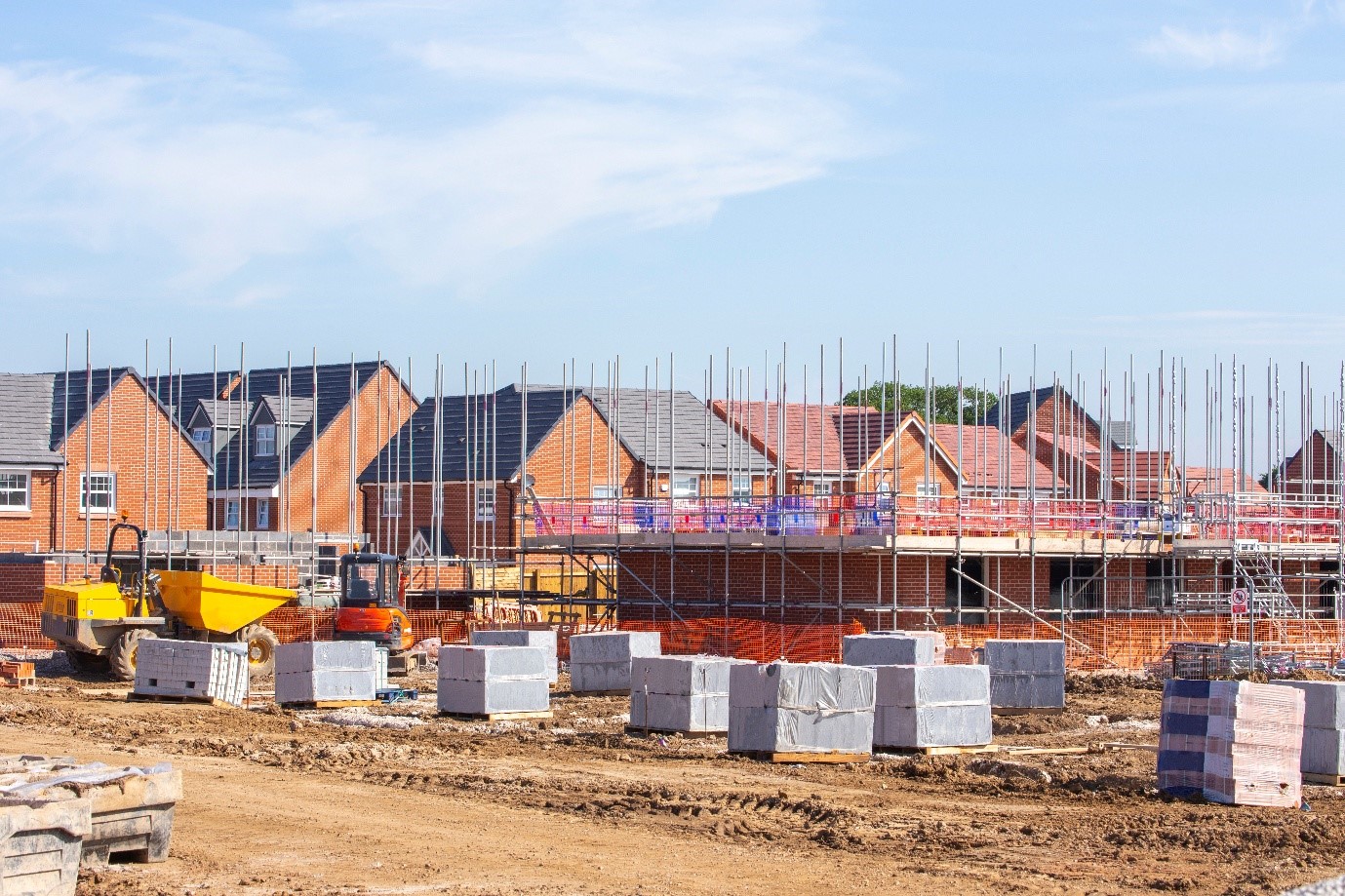Understanding Construction Management and Environmental Logistics Plans
In the fast-paced world of construction, effective planning is essential for project success. Construction Management Plans (CMPs) and Environmental Logistics Plans (ELPs) play a vital role in ensuring compliance, improving efficiency, and meeting local council requirements. While different councils may refer to these plans by varying names, their importance remains universal.
What Are Construction Management Plans?
CMPs are detailed documents that outline how construction projects will be managed from start to finish. They cover every aspect of a project, ensuring that it is carried out safely, efficiently, and with minimal environmental impact. These plans are essential for maintaining project schedules, reducing risks, and meeting compliance requirements.
Why Do Councils Require CMPs and ELPs?
Local councils often mandate the submission of a Demolition and Construction Management and Logistics Plan as part of the planning process. This requirement ensures that construction activities are well-regulated, minimising their impact on the surrounding community and environment. Meeting these requirements is crucial for securing planning permission and successfully completing the project. Visit your local council’s website to learn more about their specific requirements.
Key Components of a Construction Management Plan
- Site Setup and Access: Detailed plans for site access, boundaries, and security measures.
- Health and Safety: Comprehensive strategies for ensuring the health and safety of workers and the public.
- Environmental Management: Measures to minimise the environmental impact of the project, including waste management and pollution control.
- Logistics and Traffic Management: Efficient management of site logistics, including material and equipment movement, and traffic management to reduce disruptions.
- Communication and Coordination: Clear strategies for communication and coordination between all stakeholders, including contractors, clients, and local authorities.
Demolition and Construction Management Logistics Plan
Demolition and Construction Management Logistics Plans are tailored to handle the unique challenges of demolition and construction activities. These plans focus on
- Minimizing disruptions to the surrounding area.
- Managing waste sustainably.
- Ensuring the safety of neighboring properties during demolition.
Construction Environmental Management Plan
A Construction and Environmental Management Plan is a crucial document that integrates environmental considerations into the construction process. These plans provide detailed measures to:
- Control pollution and manage waste responsibly.
- Protect natural resources and biodiversity.
- Demonstrate compliance with environmental legislation.
It is a document typically submitted by developers to Local Planning Authorities. Additionally, a CEMP demonstrates compliance with relevant environmental legislation.
It’s crucial to note that without a CEMP, the Local Planning Authority may deny planning permission. Furthermore, a CEMP can be used to illustrate how your development meets the requirements of planning conditions or Section 106 agreements.
Get in touch!
At Safety CDM Ltd, we can help you develop comprehensive Construction Management Plans and Environmental Logistics Plans to ensure your projects meet all regulatory requirements. Get in touch with us to learn more about our services and how we can support your construction projects. For more detailed guidance on developing these plans, visit our website or contact our team of experts.
Check out more of our blogs…
-
CDM Regulations for Maintenance: What You Need To Know
April 22, 2025 Building








Really Good Information
Great Information thanks for the update